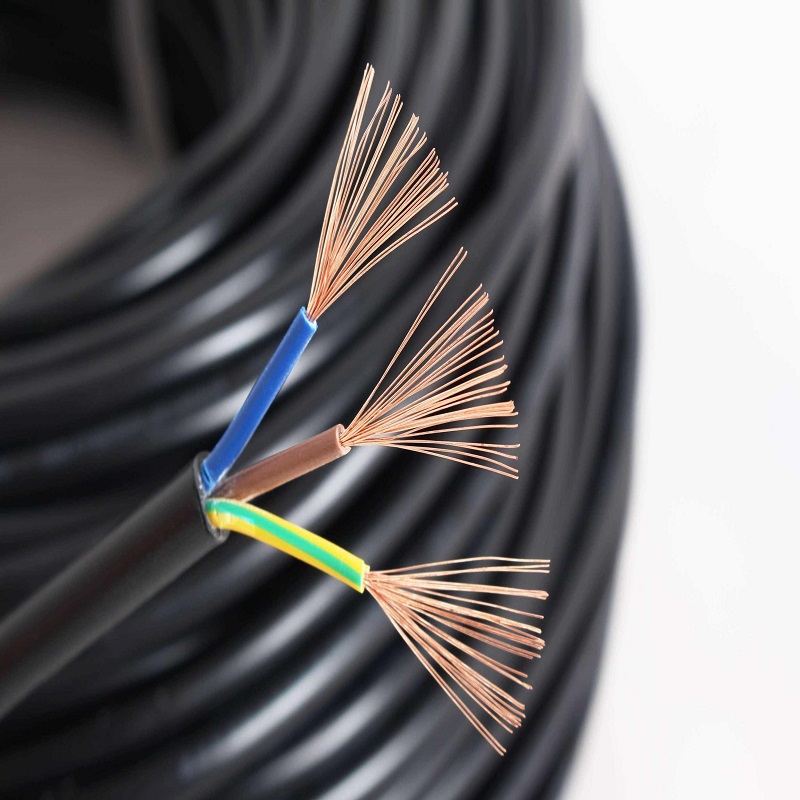Many metallic materials can be used as electrical conductors, filling the role of transmitting energy and signalling data in cable wires, but the most commonly used is copper . It is preferred for many applications because it is very malleable, has high electrical conductivity, high flexibility, high tensile strength and is relatively inexpensive, making it the preferred choice for many applications.
Aluminium is also a conductor material whose main advantage is that it is much less dense than copper. However, its poor electrical conductivity means that a larger cross-section is required to carry the same amount of current. In addition, aluminium wires do not bend well enough, which leads to an increased likelihood of breakage, so they are not suitable for use in mobile applications. For this reason, aluminium is mainly used in energy transmission cables and medium-voltage cables because of the weight requirements for such applications.
Among metals, the best conductive material is silver , but it is many times more expensive than copper. As a result, silver is usually only used in specialised applications that require superior performance and efficiency, such as high-end audio equipment. Another optional conductor for audio cables is silver-plated copper wire, which offers high conductivity and corrosion resistance. Gold is unsuitable as a conductor because of its high price and poor conductivity compared to silver and copper.
There is one material which is significantly less electrically conductive than copper or aluminium, and at first glance also seems unsuitable as a conductor material. However, it is characterised by its high hardness and tensile properties – steel. As a result, steel is widely used in military applications and aerospace, often in combination with other materials such as aluminium alloys.
In addition to these metallic conductors, there are optical fibres or optical waveguides. These are ideally suited for the high-speed transmission of optical signals. They consist of either a quartz glass or plastic fibre core. The latter is more flexible and therefore easier to bend. The fibre core sits within a protective cladding, called a cladding. The light is reflected between the optical core and the cladding and thus transmitted at high speed through the waveguide. Optical waveguides are used in a wide variety of applications such as telecommunications, medicine and aerospace. However, they cannot transmit electrical currents.
The choice of the optimum conductor material depends on the specific application and the existing conditions. In order to be able to carefully consider the advantages and disadvantages of each material, it is important to understand the properties of the material. Of course, other characteristics of the cable, such as the stranding method, cross-sectional area, insulation and sheath material also play an important role. For this reason, you can also seek the advice of cable specialists in selecting cables and wires to ensure that all the requirements for everyday use are met.
Post time: Sep-02-2024


